Thinking the curriculum is one of most complex issues in pedagogy. Music curriculum relates to an art subject, which, as well as is widely opened for interpretation, involves quite a significant number of established traditions and biases. Even though there are some prescribed prevailing elements in music curriculum, the details vary vastly among the different music and public schools, universities, conservatories, private studios, etc. In all the promiscuity of the music curriculum, some of the main flows remain the common ground with their beneficial and destructive consequences. The most prominent consequence to the current music curriculum indicates that while music education in the new century evolves as the one more humane and effective than a century ago, there’re less and less Western people who practice instrumental and vocal music making and provide music education to their kids.

At the same time, the unifying purpose of music education had been shadowed in the official US public school curriculum in post-authoritarian Victorian and Progressivist pedagogic eras. Music scholars and teachers mistakenly perceive the aims of music education as too evident to apprise them over and over again for the parents, school administrators, federal governments, etc. who must acknowledge the value of music education. The failure of the majority of music pedagogy scholars to provide an elaborate description of the purpose and necessity of music education for children only enhances American political conceptualization of music subjects as anti-intellectual ones, unlike math and sciences. In this paper I’ll sum up few general thoughts about the tendencies in the existing music curriculum and the instructional process with their most visible biases.
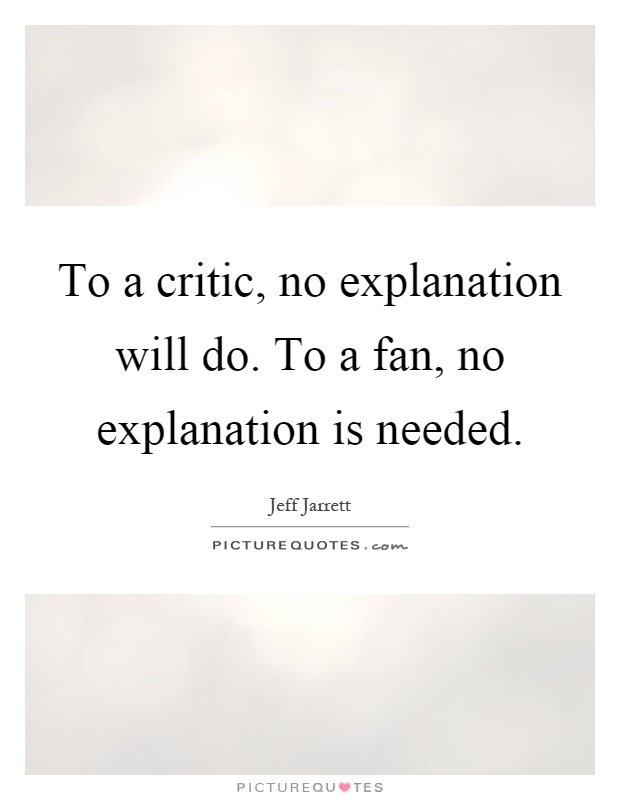
The first, and the most vital flow of music curriculum congregates around the question “whom to teach”. Traditionally, there’s an exclusive focus on Western/European music which had been established during the past three to four centuries in the established general curriculum. The aim of education within this music tradition requires to pass to students a large amount of theoretical and historical information – without which the music making process becomes nearly impossible. For example, singers are supposed to speak, read and write fluently in three-four foreign European languages in which the operas and art-songs were written: Italian, German, French, Russian, etc. The instructional process in music education implies both the individual instruction for instrumental and vocal practices, and group instruction for theoretical and historical studies. Ideally, the process of establishing a music maker in European tradition takes no less than a decade of practice while affording to pay for private individual lessons, and the structured gain of additional specialized knowledge. Therefore, the given curriculum implies that only few students can proceed with music studies, either if those are separated from the society by class matters, or in case they are determined to make music their profession.

The selective curriculum in Western music itself has gained such complexity that it ultimately denies children access to the life therapy of music making. This phenomenon stems from the widely spread music pedagogy tradition, established during the European Enlightenment era, which called to consider Music as the “sacred gift” of the very few chosen students, which would have to be trained as professional musicians, while to discard the rest of “ungifted” kids. The problem is that too many professional music teachers follow this line of thinking across the world to the present day. In addition, the existing treasury of music recordings serve not only as advantageous educational tool to help students develop faster, but, as well quite often appear as the detrimental standardizing instrument for the kids’ individual thinking and autonomous research. Music teachers, some consciously, some out of habit, tend to evaluate students’ and their own skills by comparing them to those of the recorded masters. The selected music students, consequently, often get disenchanted with their music career perspectives and their own validity as artists, which are all naturally failing the competition with the highest bar of expectations. Thereby, we can confirm that in Western society-centered music curriculum, the competitiveness and exclusion traditionally became the means for all music making students, as the concept of the freedom of thought has been gradually excluded from the music curriculum.
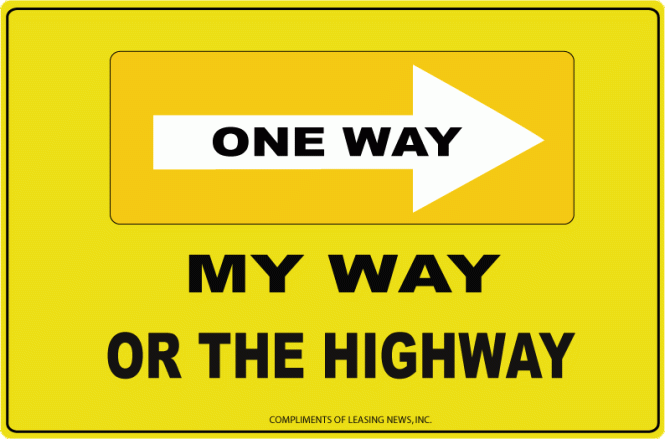
In practice, kids who study Western music usually do so only under heavy pressure from their parents; students receive theoretical knowledge and guidance to their skills from the teachers who themselves most unlikely have had a track of the generalizing and standardizing principles behind the existing Western curriculum which is pretty weak around the question “what to teach”. The interesting part with this academic music profile has to do with the fact that there’re not that many of music makers in Western tradition, even those with the highest level of education, who can specify on a spot a convincing definition to the word “music” in general; not every professional musician can pinpoint to the precise aims to which they have spent decades studying and practicing music making, – beside the aesthetics and the immediate pleasure of the process of play, – the romance stage of studying the subject of the genesis and aims of music making. The present educational tradition, sadly, often omits notifying the fact that alike the food constructs and shapes the human body, music, sound waves and their absence pervade the structure of human’s nerve system. This major educational gap takes place in the traditional music schools’ curriculum which discusses music matters as only the subjective art, and poorly emphasizes the genesis of music to be the chapter in the science of sound/wave physics, biology, biochemistry, neurophysiology, etc.
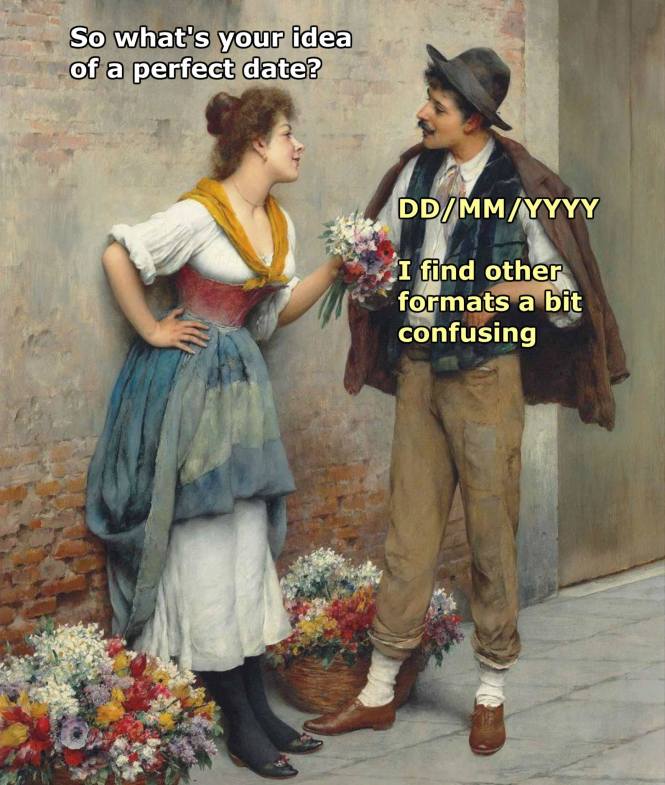
On the contrary, in every other but European or Westernized culture, music making is one of the naturally learned activities which passes through families and communities to infants. The skill of music improvisation which was crossed out from the educational curriculum and general practice in the era of Theodor Adorno and his book “Theory of Music”, is almost the first skill which students of non-European cultures learn. Non-Western kids know the rhythm, modes and songs at once without the baggage of historical and theoretical perspectives and interpretations of European classical music curriculum; they develop music-making lifestyle in later years, which benefits their mental and physical health and serves for daily prayer purposes. However, the alternative, the “natural” curriculum in music making does not carry the amount of the beneficial theoretical knowledge which music schools offer.
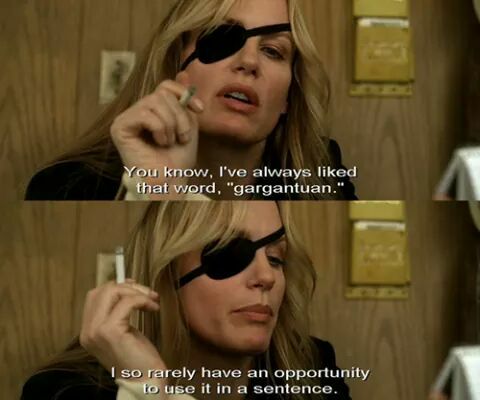
It should become the initial priority to collect the two general curriculi, Western and non-Western, in one classroom, with so-called Praxial music pedagogy. Young kids should not be overloaded with the history, theory and harmony and the demands for precision in execution of music pieces. The effective and advisable music instruction should have similarities with Suzuki and/or Orff methods of learning instruments (such as piano and violin), which contain the introduction of children to music from the day they were born with the much later introduction to sight reading and theoretical studies. The free from any tradition improvisation should be allowed, if not required, of all students. Both students and their parents should get well acquainted with the subjects of genesis and aims of music before implementing solfege, theory and history; students should ideally develop the confidence in making their artistic musical choices freely from pressure of any authority, whether they study in private studios, or in a music school of a new profile. The history of non-Western music, (so-called “world music”), the surviving decoded artifacts of the ancient culture’s music, and the mentioning of non-European music notations should find their way to the general curriculum for music schools as well as into public educational instructions of music matters. The entire moral, ethical and social conceptualization of music is still to be reevaluated and reintroduced to American public education and the specialized music curriculum.

Yet, it is less essential “what” information the teachers pass to their students than “how” they approach the children. The change in Western music curriculum is impossible to achieve without coaching music theory teachers and individual instrumental and vocal instructors. The most well-addressed, – scholarly and practically, – set of flows in music curriculum concerns the question “how to teach”. Most of modern improvements in America by today had largely shifted from the oppressive subject-oriented authoritarian methodology in music educational practice where the teacher and the composer are the two central figures, to the child-oriented approach with the multiple researches of child’s psychology and the emphasized need to meet every student’s needs for self-expression, independent critical thinking and training of taking responsibility by practicing the hands-on experience of play. Today we possess thousands of methodic books, digital applications and curriculi for music instruction purposes. Every modern American book about the philosophy of music education narrates the humanistic ways of instructing kids and adults to learn their instrument the fun way. If only those researches paid some attention to the large questions of music curriculum purpose and aims, may be the music subjects funding wouldn’t remain withdrawn from US public educational system.
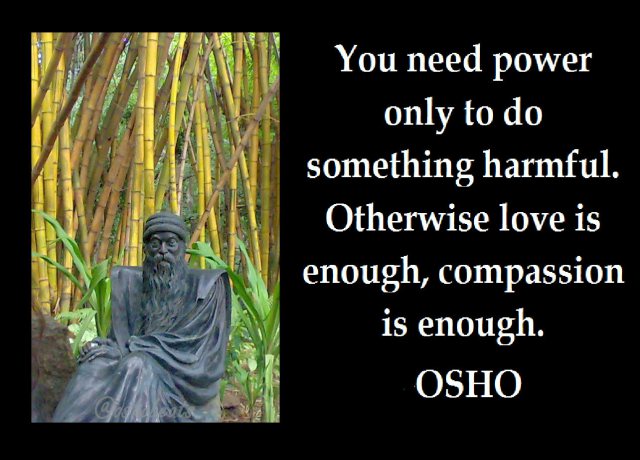
The instructional shift began in United States during the Progressive era with the works of John Dewey regarding public education matters, and James Mursell regarding music pedagogy and curriculum, who challenged the dominant culture’s educational regulations and pedagogical methods where the teacher had been a primarily figure. Progressivists had rejected the formalism in the authoritarian instructional practice, such as drill and memorization, in favor of developing the interactive and collaborative way to induce creative thinking and individualism. Both Dewey and Mursell believed in the value of music making skills for accompanying all humans lives (despite Dewey wasn’t a musician, he honored music education as the hands-on experience); the mindset they have promoted continues being relevant to the day in music curriculum and instructional methodology. The Progressivist American music curriculum suggests that every child is able develop the skills of music-making under the correct instruction and supervision.
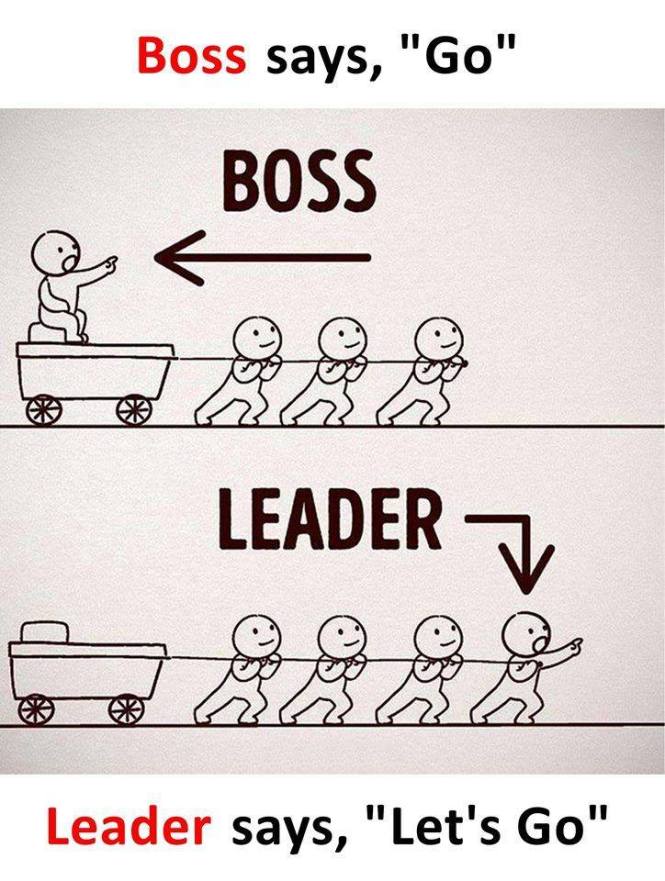
After the success of Soviet Union to launch the first space flight, American society had lost the trust in the relevance of humanistic educational objections of Dewey and his successors. Post-Sputnik era in music pedagogy had turned around the child-oriented values of Progressivist curriculum to the renewed society-oriented standardized evaluations system. Music classes vastly disappeared from the federal curriculum in public education, but remain taught in private schools. Music scholars and professors in music schools and conservatories turned back to the authoritarian subject-centered and society-centered teaching philosophy. The government had sponsored the creation of the net of music competitions and contests, which became not only the standardizing apparatus to cast out the majority of music students from the funds and stage diving party, but also the gigantic farm for corruption and protectionism of all imaginary sorts in the academic musical circles. Until today, the emphasis on the educational aims in music remain focused on the gain of the immediate profit, since it is the only thing which makes sense in the Capitalist/Socialist society. Therefore, the Cold war had pushed Americans to develop the constant fear of failure, visible in Ronald Raegan administration’s report “Nation at Risk” (1983). The initial hit of post-Sputnik curriculum revisions fell onto the most vulnerable and the least scholarly supported subjects: music and art, which led to the development of social apathy towards music practices and curriculum. These tendencies are widely applied in America to the day, setting its music curriculum in the anti-humanistic product-driven approach of seeking the immediate outcomes. We are yet to see the rise of revised music subjects in the public education curriculum, when the society will eventually get tired of the run for the immediate physical profits and turn to classical education and all-human values of enhanced individualism, mental health and the personal impact on the quality of life in this country.
Stasie Fomalgaut
for Mills College, Oakland, CA
November 2017



